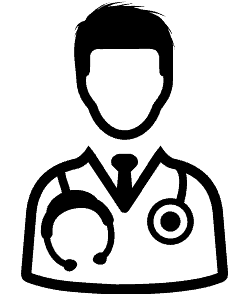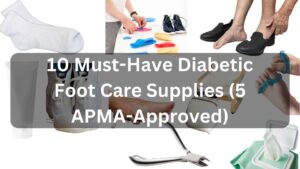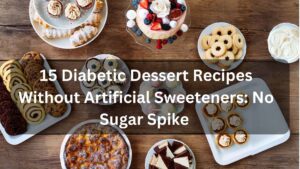If there is health, there are diseases too. As you know, the skin is an exposed part of the body to the environment, and it may develop diseases that vary in severity and symptoms. Here we will talk about the most common problem, “acne,” and “how to get rid of acne fast,” but before this, we have to discuss the types and categories of acne because in daily life, acne is called different names. After the recognition of acne, treatment will be given to each category. The treatment includes brand treatments and home remedies. About 80–81 percent of people in America have acne. Some people take it easy and do not care about it, which can lead to permanent damage to the skin.
Do you know what skin is and how it protects the body?
I think you need detailed information Just visit “Structure and 11 most important functions of the skin“ and you will get all the required information.
Here we will start with “What is acne?” and what is their full name?
Acne vulgaris
Acne vulgaris is the full name and is characterized by red pimples or localized inflammation of the skin, especially on the face, due to inflammation of sebaceous glands.
What is their main location on the body?
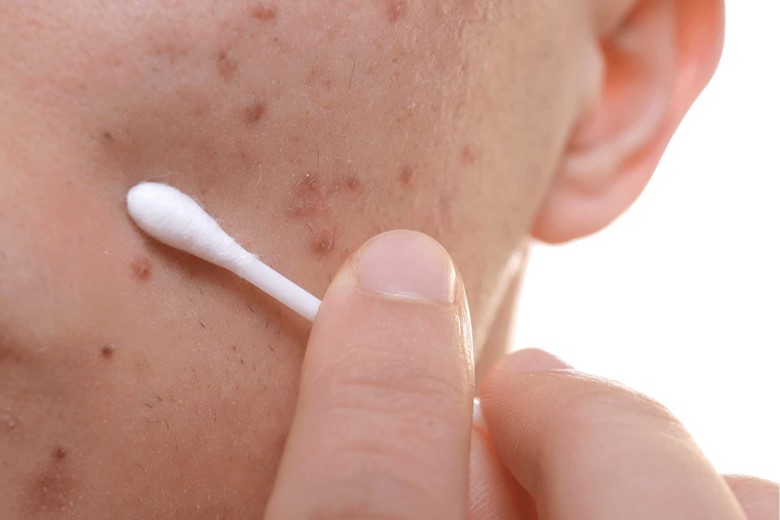
Acne mainly forms on the face, chest, shoulders, and back of the body.
How did it form?

When dead cells of the skin and overproduction of sebum from sebaceous glands clog the hair follicles, then this condition happens.
Why will the sebaceous gland produce a high level of sebum?
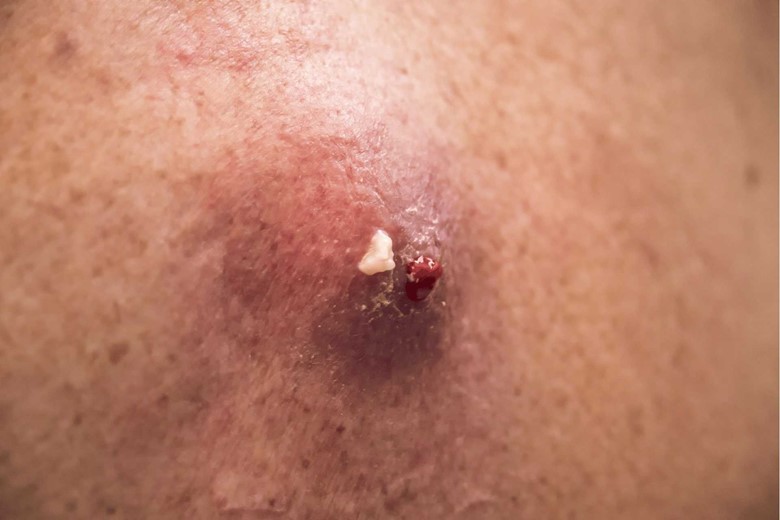
Acne is common in puberty because at that time hormone production becomes high, which causes the hypertrophy of the sebaceous gland, which in turn produces a high amount of sebum.
And why does the hair follicle clog?
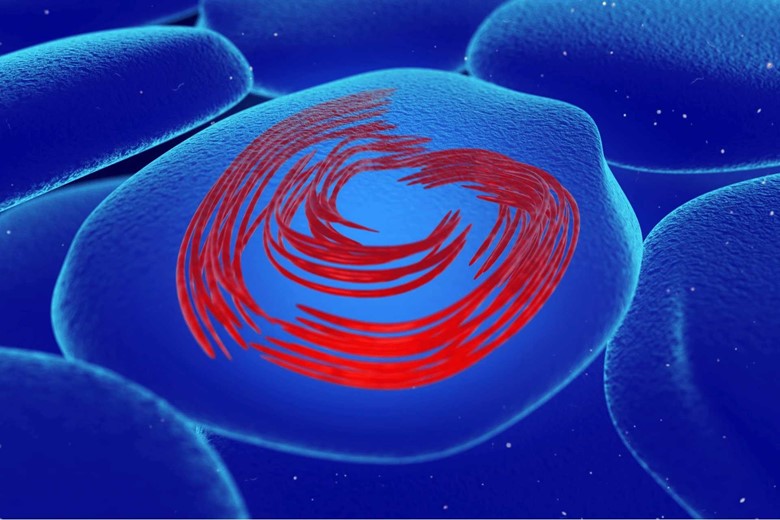
Due to hyperkeratinization of the epidermis and excess secretion of oil from the sebaceous gland, it clogs the hair follicles and makes the pore close, enclosing the contents, which are then called comedo.
Categories of acne vulgaris:
Before going to the actual types of acne vulgaris, I would like to discuss the categories of acne vulgaris.
1) Mild acne
2) Moderate acne
3) Severe nodulocystic acne
1) Mild acne
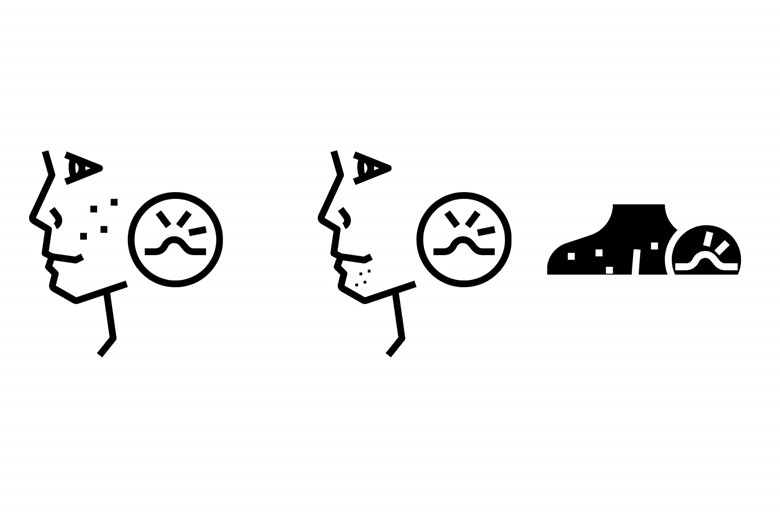
Mild acne is defined as having occasional minor breakouts that do not cover a large area and may occur on an isolated part of the body, such as the chin, nose, or shoulders.
Some say that if you have:
- less than 20 whiteheads or blackheads
- fewer than 15 inflamed bumps
- or up to 30 or fewer lesions
then it falls into the mild category.
2) Moderate acne

As the name indicates acne which is neither mild nor severe. If someone has
- 20 to 100 whiteheads or blackheads
- 15 to 50 inflamed bumps or pimples
- Or 30 to 125 total lesions
Then it falls in the moderate category.
3) Severe Nodulocystic acne
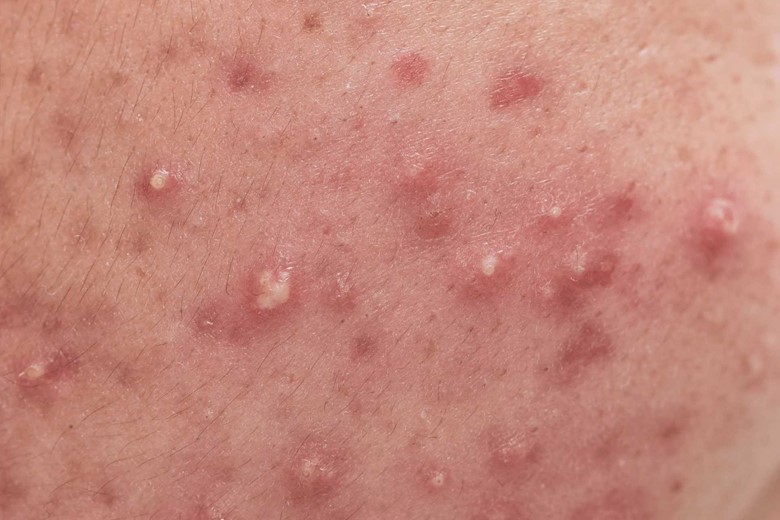
When there are painful nodules and cysts then it is called nodulocystic acne.
All categories will be further discussed in terms of types of acne vulgaris.
And what are the types of acne vulgaris?
There are three types of acne vulgaris.
A) Comedonal or non-inflammatory acne
B) Inflammatory acne
C) Nodulocystic acne
D) Acne conglobata
A) Comedonal or non-inflammatory acne
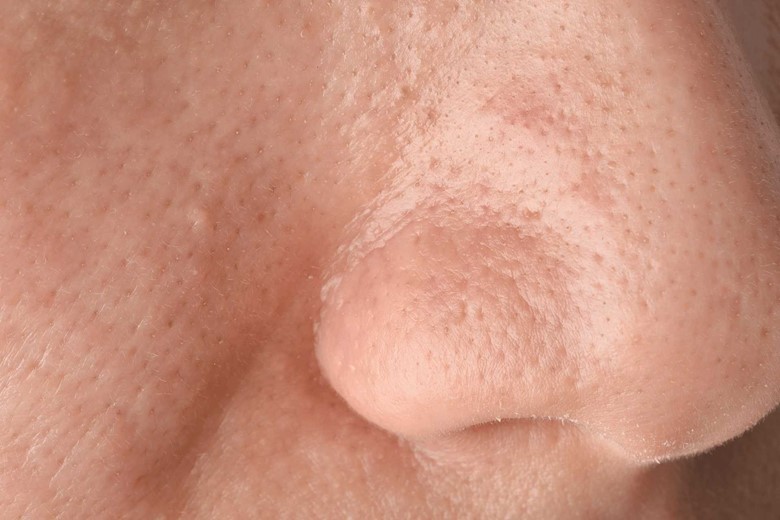
Comedonal or non-inflammatory acne may be whiteheads or blackheads.
I) Whitehead
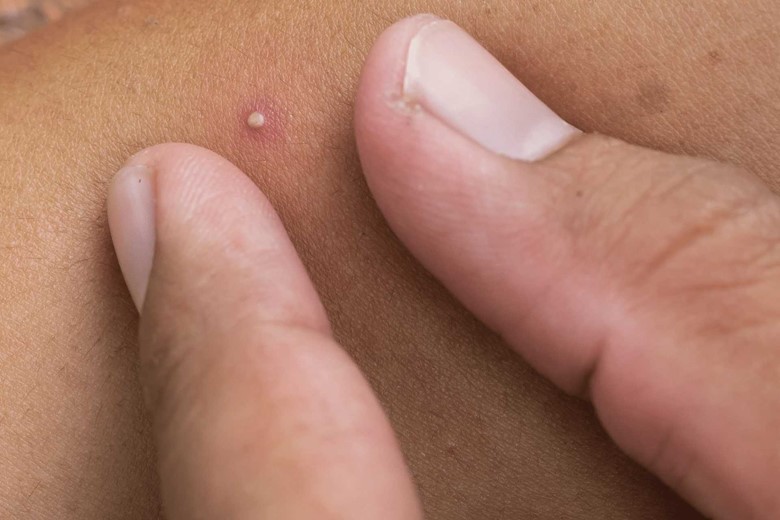
When oil (sebum) and debris are trapped in the clogged hair follicle and form a comedo (plural comedones), which is closed from the skin surface and there is no entry of oxygen, then this type of acne or comedo is called whitehead acne.
Treatment:
a. Tee-tree oil
Tea tree oil has an anti-inflammatory effect and is naturally anti-bacterial. The anti-inflammatory effect and natural anti-bacterial properties of tea trees are best for removing blackheads. Their action may be slow because of their natural origin. It can be used directly on the skin, or certain skincare products like cleansers, masks, etc. also contain tea tree oil that can be used.
Try this:
b. Salicylic acid scrub
Salicylic acid scrub is used for mild blackheads. The salicylic acid helps to remove the extra oil, exfoliate the cells from the skin surface, and keep the pores clear fighting the whiteheads.
The use of salicylic acid for oily and combination skin is three times per week and one time for sensitive skin per week.
Try this:
c. Retinoid cream
Retinoid or Retinol has anti-aging benefits by unclogging the pores and speeding up the rate of regeneration of the skin. Moreover, if your whiteheads are stubborn then retinol treatment is best to apply.
Try this:
Home remedies:
i. Apple cider vinegar
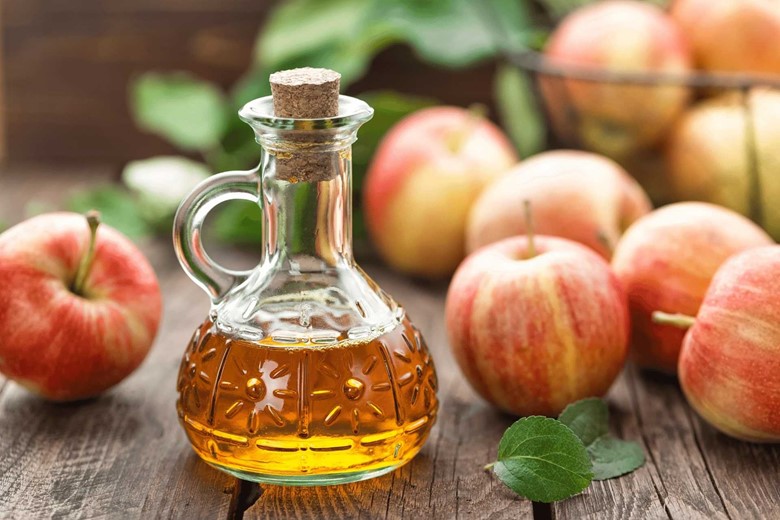
Besides anti-inflammatory and anti-microbial properties Apple cider vinegar can dry and shrink the pores reducing the whiteheads.
Mix two tablespoons of apple cider vinegar with 30 ml of warm water and apply directly on the affected skin and leave for 20 to 25 minutes.
ii. Lemon juice
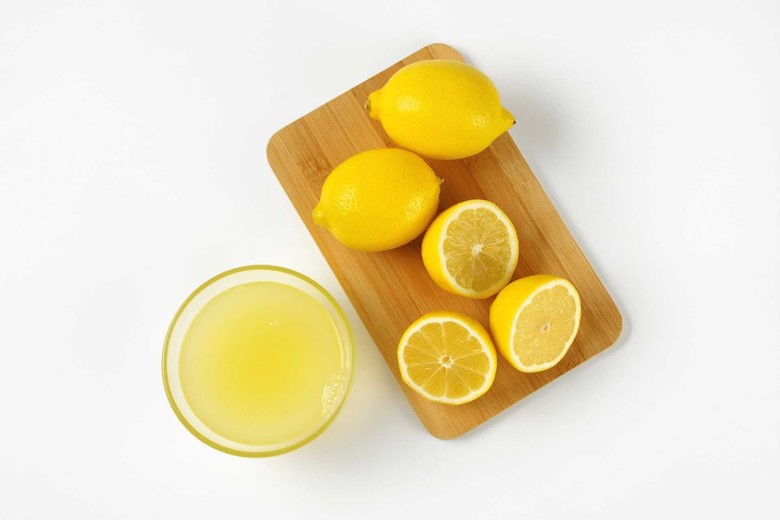
Lemon juice removes the excess oil and has anti-bacterial and anti-inflammatory properties.
It can be directly used undiluted or diluted with an equal part of water and can be applied with cotton pads or clean fingers.
iii. Honey
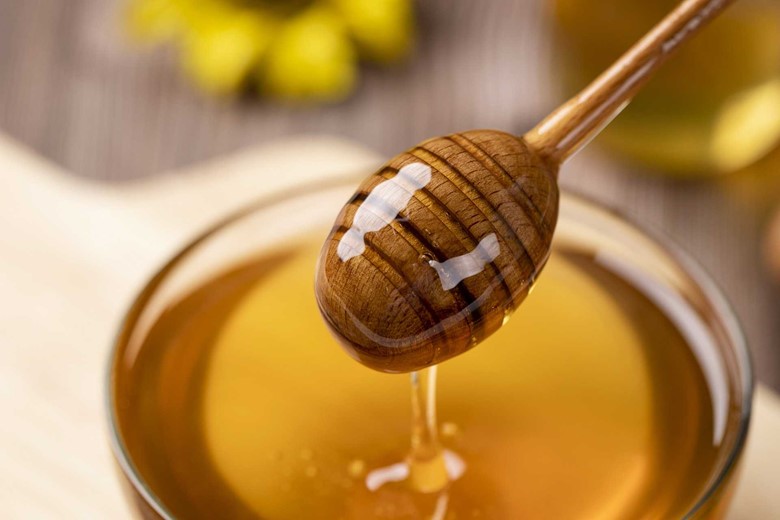
Honey has strong antibacterial properties. Also as you know honey has a thickness that makes it stay on the skin and allows it to seep deep into the skin.
Take a teaspoon of honey and make it slightly hot. After heating then apply to your skin for 15 to 20 minutes and repeat the process as often as necessary.
II) Blackhead
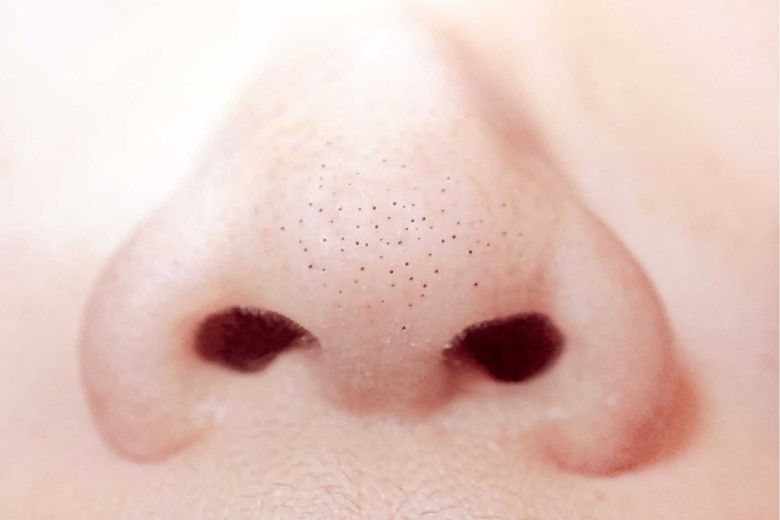
Blackheads are comedones that are open at the surface of the skin. The blackhead is called a blackhead because oxygen enters to react with melanin and irregular reflection of light coming out from the clogged pore makes it black. Some people think that it is the dirt that makes him black but that is not the reason and it is wrong, however, making it clean from environmental pollution prevents it from further prevalent.
Treatments:
a. Benzoyl peroxide
This medication is used to treat mild to moderate acne with other acne treatment combinations. It is very effective against Cutibacterium acnes by killing it. But it is recommended to use no more than 2% benzoyl cream or cleansing because a higher concentration of benzoyl peroxide can dry out the sensitive skin.
Try this:
b. Salicylic acid scrub (same as for whiteheads)
Salicylic acid scrub is used for mild blackheads. The use of salicylic acid helps to remove the extra oil, exfoliate the cells from the skin surface, and make the pores clear removing the blackheads. The use of salicylic acid for oily and combination skin is three-time per week and one time for sensitive skin per week.
Try this:
C. Retnoid Cream
Retinoid or Retinol has anti-aging benefits by unclogging the pores and speeding up the rate of regeneration of the skin. Moreover, if your whiteheads are stubborn then retinol treatment is best to apply.
Try this:
Home remedies:
Same as for whiteheads
B) Inflammatory acne
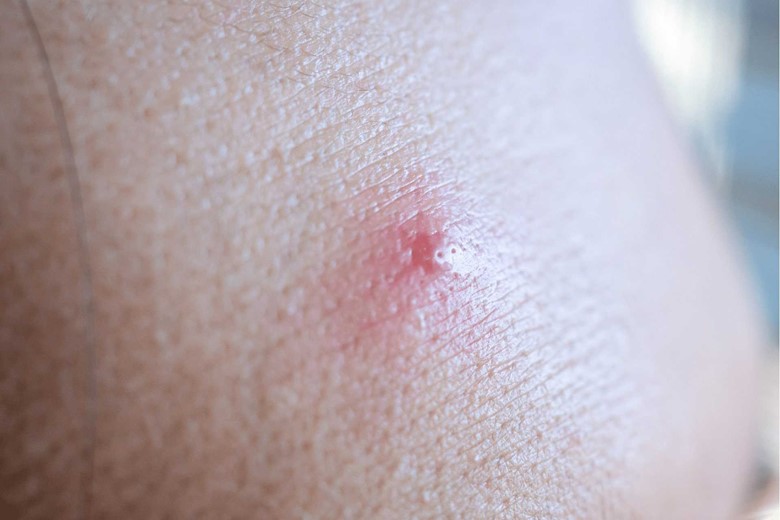
Inflammatory acne is not just clogging and trapping of content but it is also due to the reaction of a bacteria called Cutibacterium acnes (formerly known as Propionibacterium acne) with the immune cells.
The sebum is a favorite environment for bacteria where it feeds on triglycerides of sebum and when there is an attack of foreign microorganisms the immune cells respond and kill the bacteria causing inflammation of the area.
Types of inflammatory acne:
a) Pustules
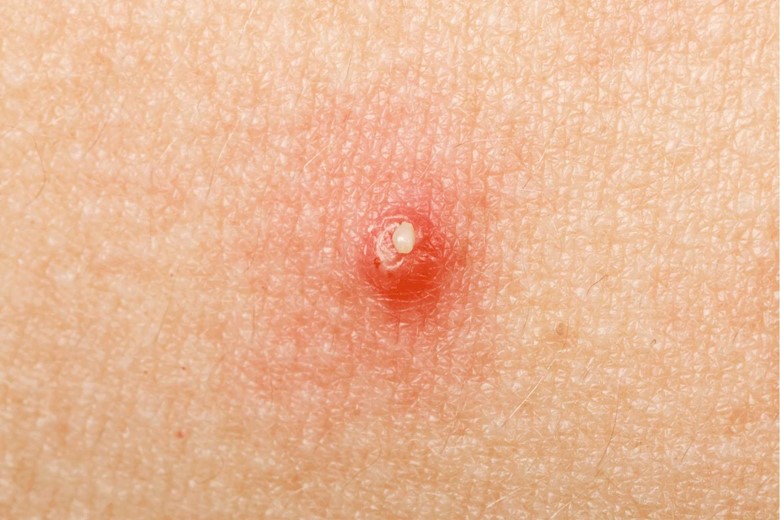
Pustules are inflamed pimples full of pus, dead WBC, and bacteria that resemble the whitehead but there is a red ring around the pimple.
When immune cells kill the bacteria then dead bacteria with dead WBC and dead skin cells form a yellowish sac of pus on the skin which we then call pustules.
The topical treatment is the same as for whiteheads and blackheads.
Treatments:
i. Antibiotics

Tetracycline, erythromycin, doxycycline, and amoxicillin are common antibiotics for pustules.
ii. Photodynamic therapy (PDT)
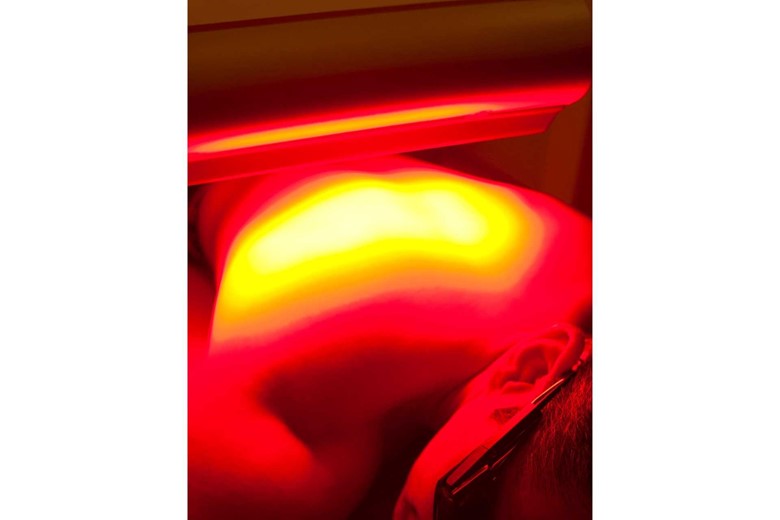
In photodynamic therapy, light energy and a special light-activated solution are applied to shrink the skin oil glands. This process significantly reduces the oil from pores thus reducing the pustules.
Home Remedies:
Clay mask, tea tree oil or rosemary oil, and aloe vera gel are the best home remedies and treatments that can reduce the pustules.
b) Papules

Treatments:
i. Retinoid drugs
These drugs include adapalene or differin, tretinoin, and tazarotene or Tazorac.
ii. Antibiotics
Antibiotics like azithromycin or .erythromycin, benzamycin, and benzaclin are better for papules treatments.
Home Remedies:
Honey, cinnamon mask, tea tree oil, green tea (boil, then cool it, and then apply it using a cotton ball), witch hazel, aloe vera, and fish oil supplements are the best home remedies for papules treatment.
c) Nodules
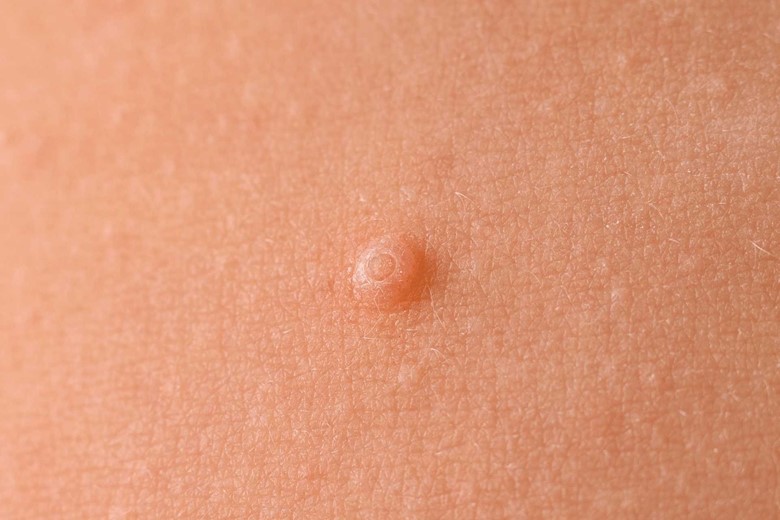
Nodules are large, inflamed, and painful pimples or breakouts that are more serious than normal pimples and acne and can damage the deeper layer of skin.
Treatments:
- Antibiotics
- Benzoyl-peroxide
- Salicylic acid
- Retinoids
Home Remedies:
Olive oil, apple cider vinegar, and reducing stress are the best home remedies for nodular acne.
d) Cyst

The cyst is a pus-filled lesion that looks like boils. Like nodules, it is also painful on the touch.
Treatments:
- Benzoyl peroxides for killing bacteria.
- Birth control pills regulate the hormones in women.
- Vitamins A in creams, lotions, gels, or foams.
Home Remedies:
i. Aspirin paste
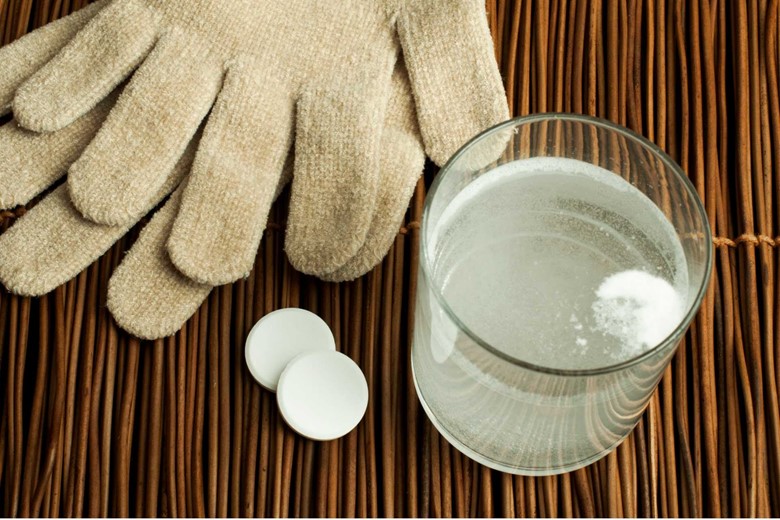
Some theory suggests that crushed aspirin tablet with water (paste) is believed to reduce pain and inflammation of nodules.
ii. Diet control
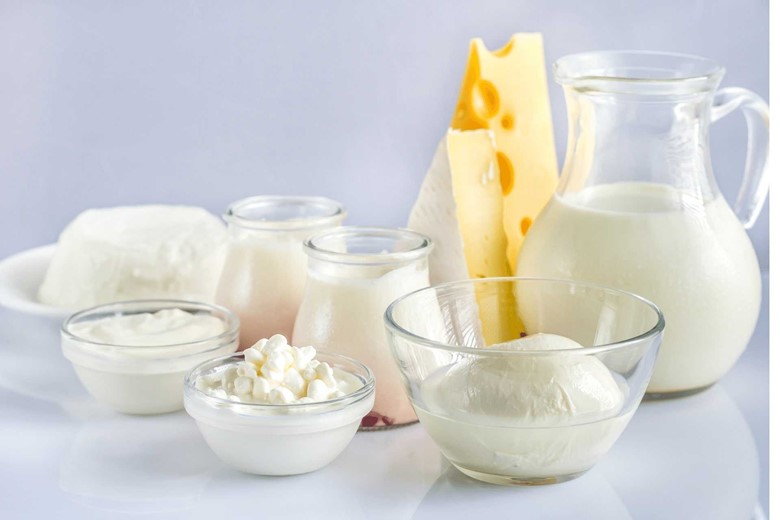
Dairy products like milk, yogurt, and cheese promote acne and cystic acne which should be removed from the diet at least for 3 weeks to see the results.
iii. Ice
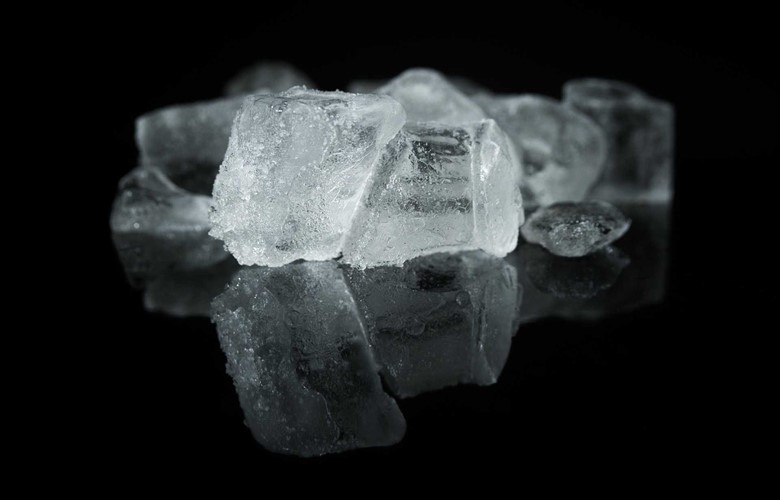
Ice is effective in decreasing swelling, redness, irritation, and pain. Some researchers say that rubbing the ice cube is good until the icing becomes uncomfortable.
Why nodules and cysts are painful?
Because both nodules and cysts are considered a severe form of acne that needs to be treated by a doctor.
C) Nodulocystic acne
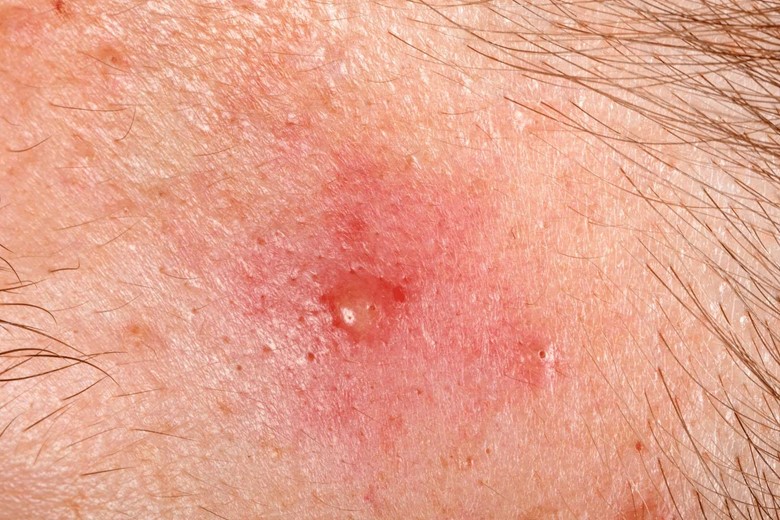
It is a severe form of acne where inflamed and uninflamed nodules and cysts appear on the face, chest, and back of the body leaving scars.
D) Acne conglobate
Acne conglobate is a highly severe form of acne and is characterized by comedones, nodules, and cysts. The abscesses and nodules are interconnected deeply in the skin.
Could you please list their symptoms?
Here is the list.
Symptoms
The symptoms are already discussed but here I am giving them in list form.
- Whiteheads or closed clogged pores
- Blackheads or open clogged pores
- Small red and tender bumps or papules
- Pimples (pustules) which are papules with pus and debris enclosed at their tips.
- Large, solid, painful lumps beneath the surface of the skin or nodules.
- Painful, pus-filled lumps beneath the surface of the skin or cystic lesions.
After all these explanations the next term that comes to mind is a scar so let’s talk about scar.
What is SCAR? And Is acne leaves a scar and if YES then what are their types?
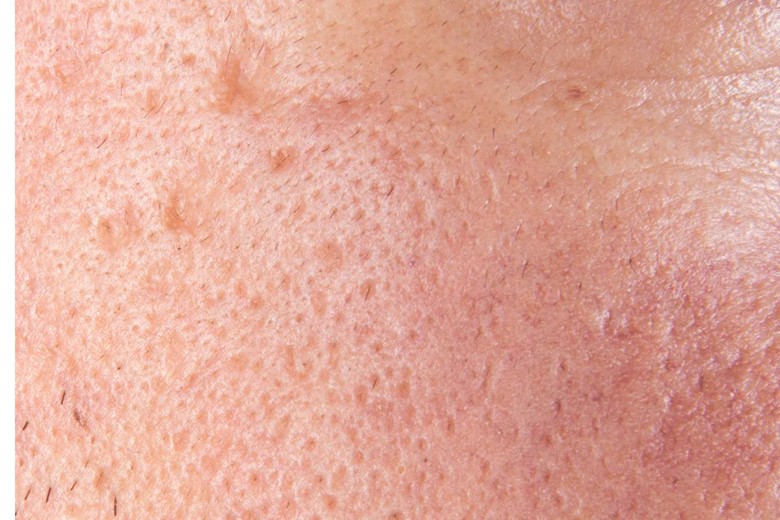
Actually, a scar is a fibrous tissue that replaces the wound after injury.
Yes, If someone doesn’t provide treatment and doesn’t care well then acne may lead to scarring. Also, the collagen that replaces the tissue is the same type but its composition is different which leads to scarring.
Following are some types of acne scars.
I. Hypertrophic scars
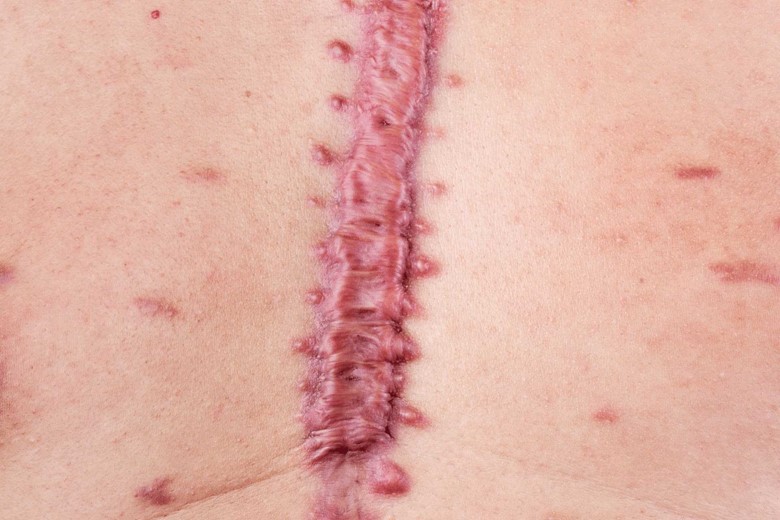
It is a cutaneous condition in which the collagen deposition becomes excessive which forms a thickened, wide, and often raised but not as much keloid scar on the skin.
II. Keloid
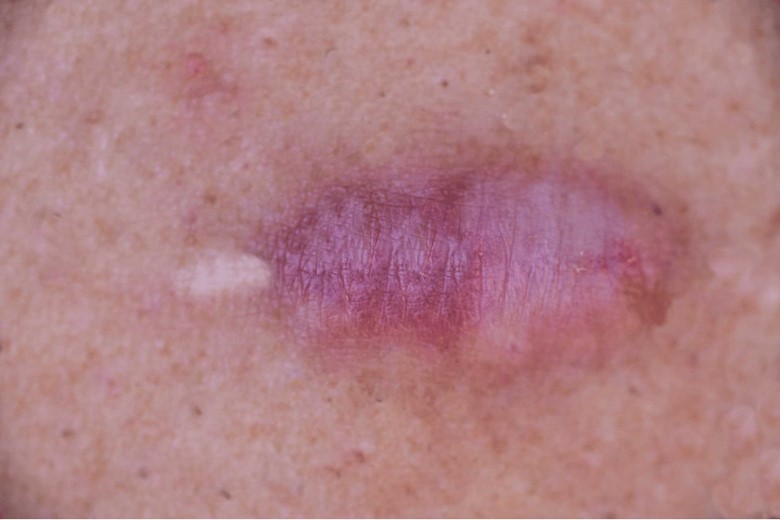
Keloid is formed due to the overproduction of granulation tissue (Formation of new connective tissue and microscopic blood vessels during wound healing) and it is wider and raised than a hypertrophic scar.
Causes:
Both may be caused by:
- Skin injury
- Trauma
- Insect bite
- Burn
- Surgery
- Skin piercing
- Chickenpox
- Herpes zoster
III. Atrophic scar
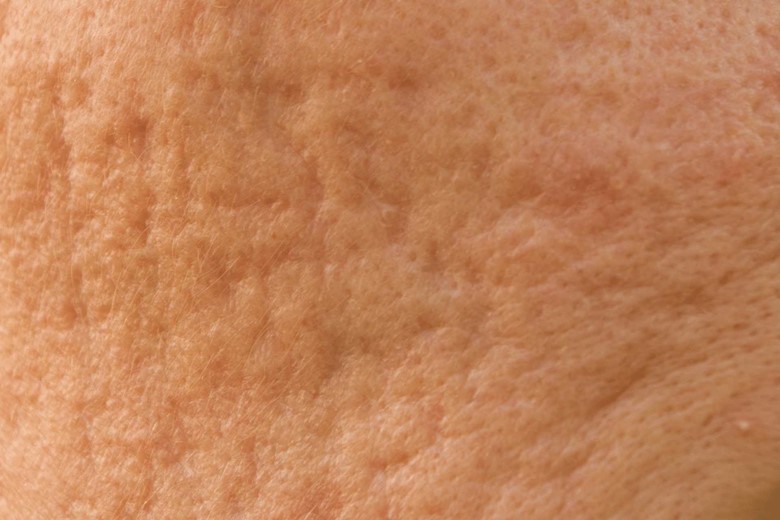
An atrophic scar is a sunken scar in which the skin is unable to regenerate and underlying structures (fat and muscle) that support the skin are lost.
Causes:
It may have the following causes.
- Chickenpox
- Staphylococcus infection
- Surgery
- Spider bite
- Accidents
- Genetic connective tissue disorders such as Ehlers–Danlos syndrome.
Treatment:
These conditions need to be consulted by a doctor.
Types of Atrophic Scar:
An atrophic scar is further divided into the following types.
a) Ice-pick scar
It is a type of Atrophic scar that is a small, narrow, pitted, and deep scar (less than 2 mm across).
b) Boxcar scar
These are rounded or ovoid scars that have sharp borders and vary in size from 1.5-4 mm across.
c) Rolling scar
It is broader than an icepick and boxcar scar and has a wave-like appearance.
What are the causes that one gets acne and the other is free of it?
There are some causes that could be the reason for acne.
Causes:
1. Genetics
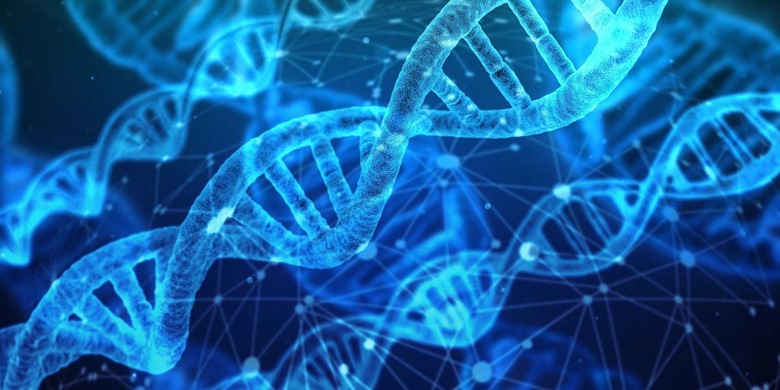
Acne is strongly related to genetics inherited from parents. In America, 80-81% of the population having acne is due to hereditary.
2. Hormones

During pregnancy or puberty, the level of androgens increases which stimulates the sebaceous glands to secrete more sebum leading to acne formation. Androgens are also called male hormones and consist of testosterone and androstenedione but it is also present in females in small quantities that’s why acne is more common in males than females.
3. Bacteria
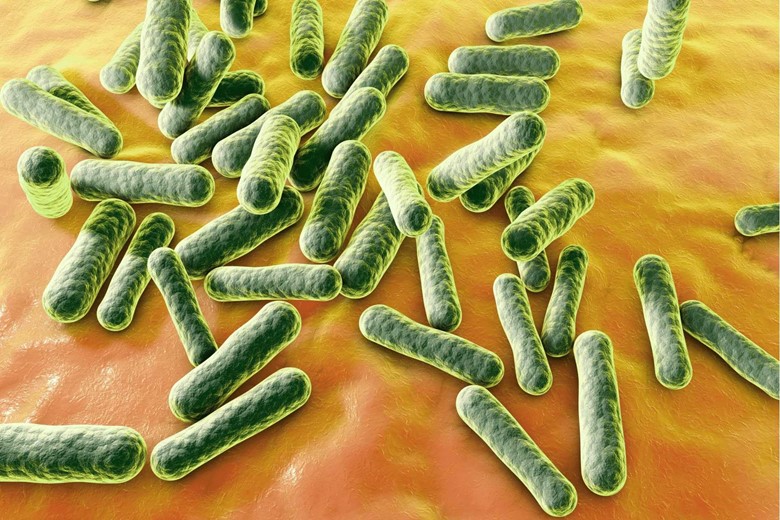
Cutibacterium acne (formerly known as Propionibacterium acne) is an anaerobic bacteria that contributes to acne. The bacteria love to grow in the sebum-rich environment and enter the follicle to clog it, the immune system is activated and responds which kills the bacteria but forms acne because of debris and pus.
4. Diet
The effect of diet on acne is unclear because there is no such evidence that can show their relationship but a study showed that a high glycemic diet has a negative effect on acne. Some randomized and non-randomized trials have shown that low-glycemic food is effective in reducing acne.
There is some myth that stress, chocolate, greasy food, and dirty skin can cause acne, Is that true?
These myths are wrong but stress can increase their severity. But care should be taken to avoid these things up to a limit.
Could you please tell us their treatments?
Yes, the following are some of their treatments.
The best home remedy I personally applied
If you have adolescent big red acne (papules) and you also visited a lot of doctors for treatment then I am giving you the best home remedy which I have personally applied and got the best results.
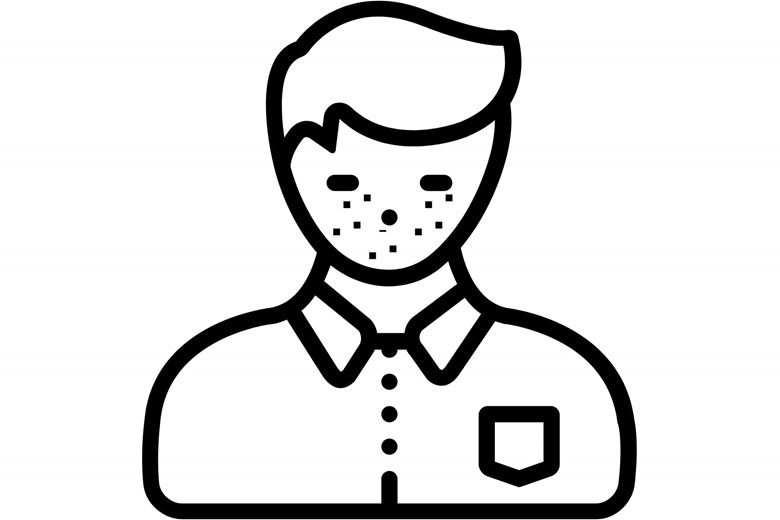
Note: it may not work for everyone because I am only giving this treatment to those who have red, solid, pus-free acne and lesions (papules). I am not responsible for any adverse effects, it’s for educational purposes and this is how I got the results.
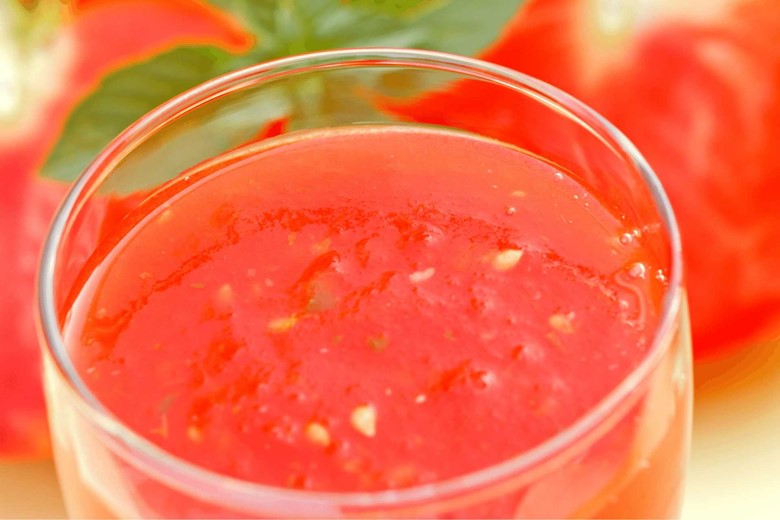
First, take a tomato and make and hole in it, and then squeeze it into a cup or jar, or container and take out the juice from it.
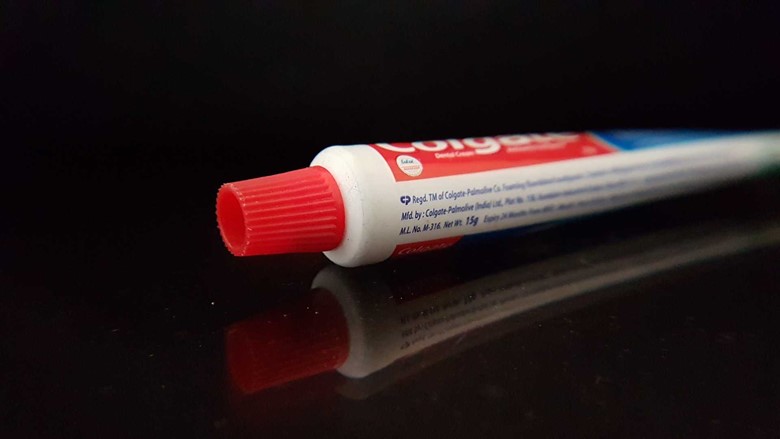
Then take Colgate toothpaste and add pea size from it and mix it well, their amount may increase or decrease according to your needs so prepare according to your needs. When it is prepared then massage the affected area of the face and leave it for an hour. During application, it will burn your skin like someone is rubbing pepper on your skin and maybe tears run from your eyes. But you have to bear it because in a week you will definitely get results. Also, the odor of the paste is very bad but don’t worry it will not affect you.
Conclusion/summary
So to achieve “how to get rid of acne fast” the types and causes of acne should be known because different people have different types of acne and also some people don’t know what kind of acne they have. Actually, acne is common during puberty as at that time the hormone (androgens) level becomes high which leads to the overproduction of sebum from sebaceous glands. The sebum is an ideal environment for Cutibacterium acnes bacteria which in turn activates the immune system. The immune system activates and fights the bacteria, killing the bacteria and also their own cells (WBC) get killed during the fight. The treatments and home remedies are given to every section but the common treatments for all types of acne are:
- Salicylic acid
- Benzoyl peroxide
- Retinoid cream
- And antibiotics
While HOME REMEDIES include:
- Honey
- Tea tree oil
- Lemon juice
- Apple cider vinegar
- Olive oil
The methods and procedures of home remedies are explained in the HOME REMEDIES section of acne.
In last if you have papules and visited a lot of doctors then just apply the home remedy I have explained in the last before the conclusion/summary section because I had personally applied it and got the best results but for any adverse effect or reaction I am not responsible. After applying the paste to your skin it will burn your face like someone has rubbed pepper on your face and tears may run from your eyes but it will be not a reaction, it will happen. I will be waiting for your comment if you have used these treatments and gotten results, especially since I will be waiting for the home remedy I have applied. So do it and comment on it in the comment box.

